Entertainment
25 More Bizarre Science Facts Stranger Than Fiction
By Jake Beardslee · April 28, 2024
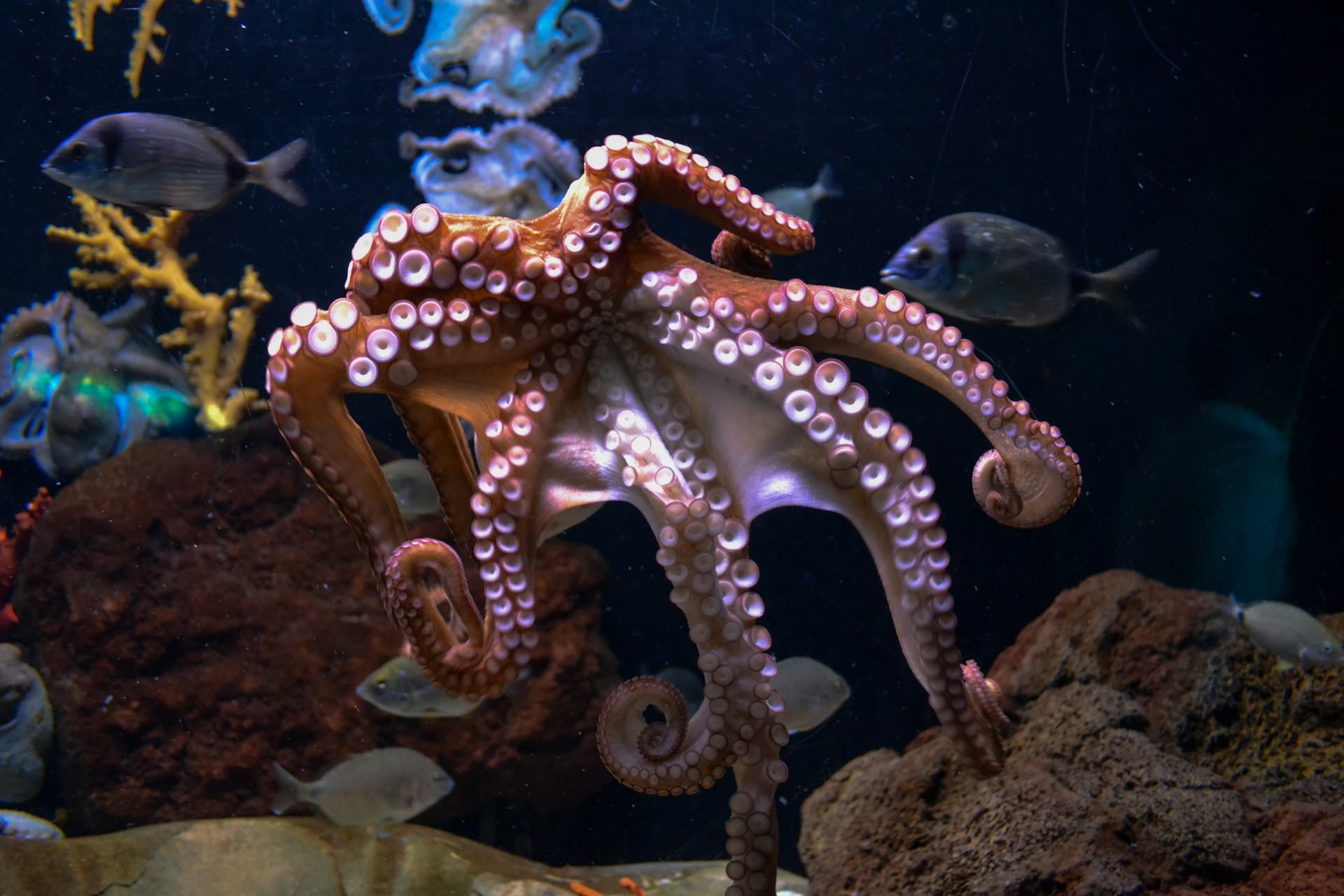
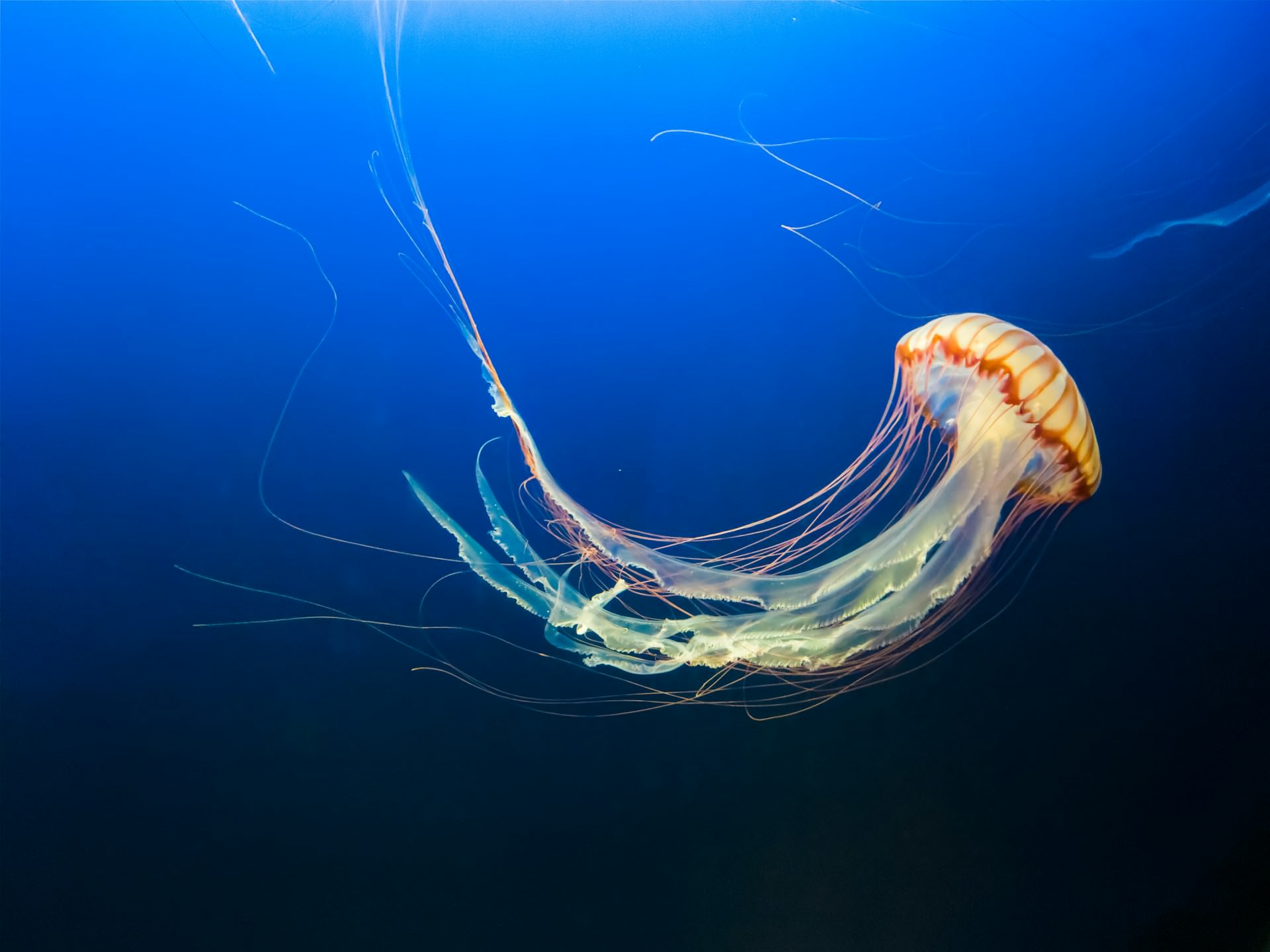
Immortal Beings: Defying the Aging Process
In a remarkable defiance of conventional biological norms, certain animals and plants are considered "biologically immortal." While they can still succumb to injury or disease, these organisms do not undergo the typical aging process that leads to inevitable death. Jellyfish and lobsters are two prime examples of this phenomenon, seemingly unaffected by the ravages of time. Jeffrey Hamilton/Unsplash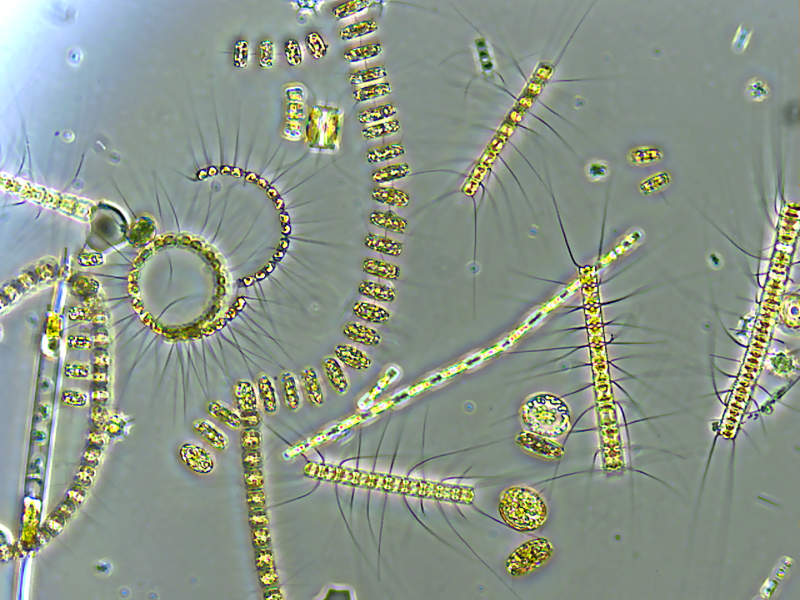
Oxygen from the Ocean
While trees get credit for producing oxygen, tiny ocean plants called phytoplankton are actually responsible for at least half of Earth's oxygen supply. Through photosynthesis, these microscopic drifters generate vast amounts of the life-giving gas we breathe. NASA. Credits: University of Rhode Island/Stephanie Anderson/Wikimedia
The Surprising Composition of Flatulence
Flatulence, often referred to as farts, is a natural bodily function that many find amusing yet somewhat embarrassing. While the odor can be unpleasant, the actual composition of farts is quite fascinating. On average, a fart is predominantly composed of nitrogen, hydrogen, carbon dioxide, methane, and oxygen. Remarkably, it's the tiny fraction of less than 1 percent that gives farts their distinctive and often unpleasant smell. Wellcome Images/Wikimedia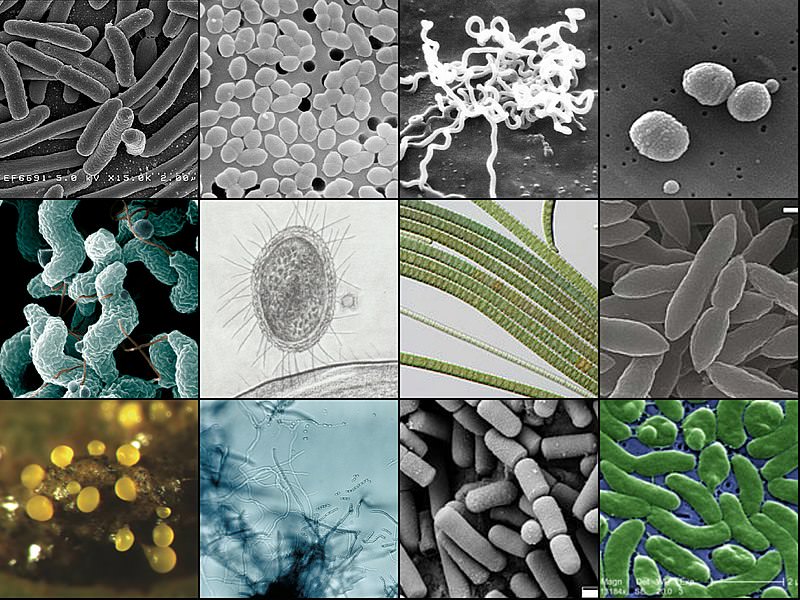
Bacterial Burden
Contrary to popular belief, our bodies are not solely composed of human cells. In fact, microbiologists at the University of Idaho have discovered that we have ten times more bacterial cells than human cells within us. However, this should not cause alarm, as the overwhelming majority of these bacterial companions are beneficial and essential for our well-being. 148LENIN/Wikimedia
HIV Immunity Gene
Around 10% of Europeans possess a genetic mutation that grants natural immunity to HIV, likely stemming from ancestral survivors of ancient plagues like the Black Death. geralt/Wikimedia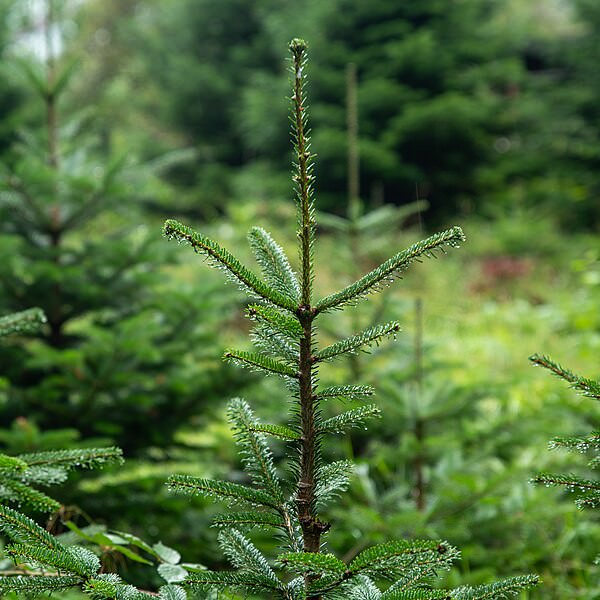
Conifer Therapy: Nature's Anti-Inflammatory Remedy
The aromatic oils extracted from conifers, such as pine trees, harbor a remarkable anti-inflammatory compound known as Alpha-Pinene. This natural substance has been harnessed in the treatment of bronchial ailments like asthma, providing relief to those afflicted. Balise42/Wikimedia
Gamers' Advantage: Cognitive Boosts from Virtual Worlds
Contrary to popular belief, moderate video game engagement can actually yield significant cognitive benefits. Numerous studies have revealed that gaming can enhance memory and multitasking abilities, aid individuals with dyslexia, improve coordination, and even reduce stress levels. This surprising revelation challenges the notion that video games are merely a frivolous pastime, casting them in a new light as potential cognitive training tools. JESHOOTS.COM/Unsplash
The Emerald Enigma: When Blood Turns Green
A migraine drug called sumatriptan can turn some people's blood an eerie green color when taken in high doses due to sulfur entering the hemoglobin. Fvasconcellos/Wikimedia
The Bubble of Perception: Avoiding Uncomfortable Truths
Researchers at Carnegie Mellon University have uncovered a fascinating human tendency – people actively avoid information that challenges their happiness and worldview. This phenomenon, dubbed the "bubble of perception," involves surrounding oneself with information and beliefs that align with one's existing perspectives, effectively creating a personalized reality. It's a sobering reminder that we are all susceptible to this cognitive bias, highlighting the importance of embracing diverse viewpoints and seeking out information that may initially feel uncomfortable. Christian Erfurt/Unsplash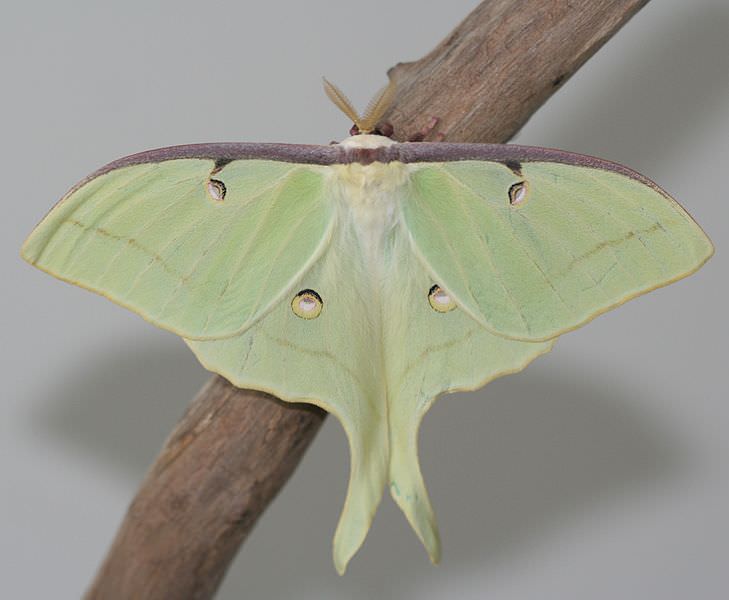
The Fleeting Life of Luna Moths: A Mouthless Existence
Luna moths, with their ethereal beauty, lead a remarkably brief and peculiar existence. Upon emerging from their cocoons, these creatures lack a crucial feature – mouths. Without the ability to consume food or water, their sole purpose is to mate within a fleeting seven-day lifespan, after which they inevitably succumb to starvation. Megan McCarty/Wikimedia
Coffee: The Socially Accepted Vice
While coffee is widely embraced as a beloved morning ritual, it is essential to recognize its true nature – it is the most widely consumed recreational substance and it is an addictive substance. Nathan Dumlao/Unsplash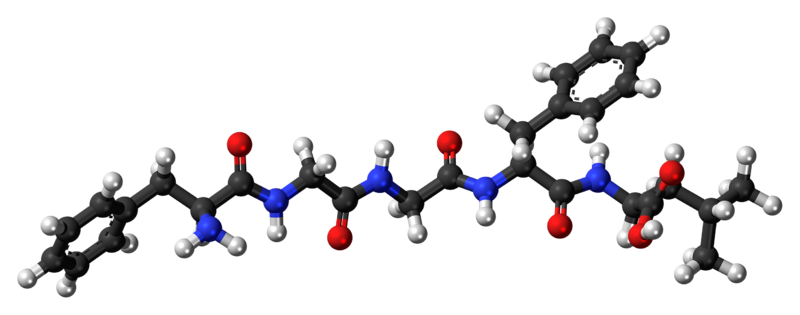
Tears of Solace: Nature's Painkiller
Tears, often associated with sadness and grief, harbor a remarkable secret – they contain a hormone called leucine enkephalin, which acts as a natural painkiller. When we experience emotional distress, our bodies release this hormone, providing a form of physiological comfort. This discovery lends credence to the age-old wisdom of allowing oneself to have a good cry. Jynto/Wikimedia
The Audible Temperature: Hot and Cold Melodies
Have you ever noticed a subtle difference in the sound of water being poured from hot and cold containers? This phenomenon is not merely a figment of your imagination – it is a scientifically observable fact. The viscosity, or thickness, of water changes with temperature, altering the pitch of the sound it makes when poured. Colder water produces a higher-pitched sound, while hotter liquids, like coffee, emit a lower, more soothing tone. Sonika Agarwal/Unsplash
The Grass Cries in Pain: A Distress Signal
The unmistakable scent that wafts through the air when grass is freshly cut is not simply a pleasant aroma – it is a distress signal emitted by the plant itself. In a remarkable act of self-preservation, the grass releases this distinct smell as a cry of pain, triggered by the trauma of being sliced. Petar Tonchev/Unsplash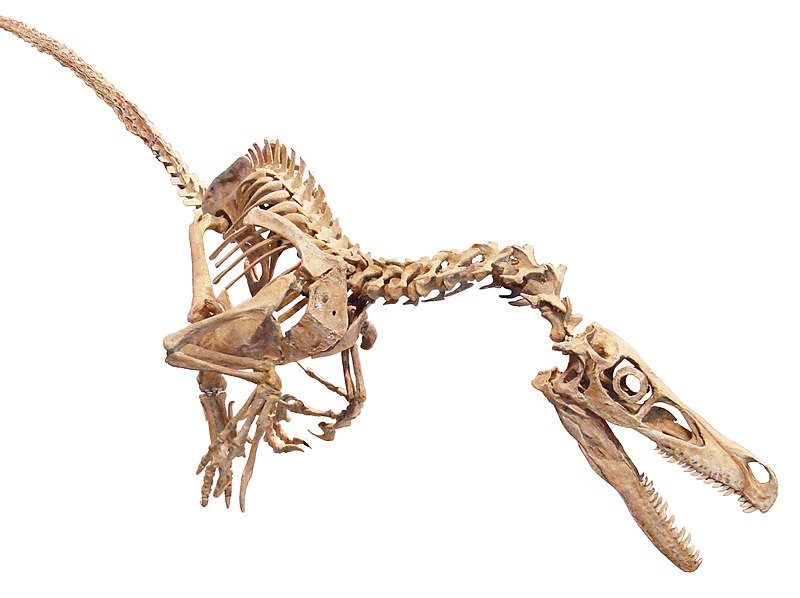
The True Velociraptor: Downsizing a Dinosaur Icon
Contrary to the terrifying depictions in the beloved "Jurassic Park" franchise, the real-life Velociraptor was far less imposing in stature. While the films portrayed these dinosaurs as towering 6 to 7-foot-tall beasts, paleontological evidence suggests that actual Velociraptors were only about the size of a modern-day turkey. Eduard Solà Vázquez/Wikimedia
Honey's Eternal Shelf Life: Defying Time and Decay
Honey, one of nature's most remarkable gifts, possesses a unique property – when properly sealed, it does not spoil or rot, remaining edible for thousands of years. This incredible longevity has been demonstrated by the discovery of ancient Egyptian tombs containing jars of honey that were still consumable, despite their immense age. Arwin Neil Baichoo/Unsplash
Sunflowers: Nature's Nuclear Cleanup Crew
In a surprising twist, the cheerful sunflower has been recruited as a powerful ally in the fight against nuclear contamination. These vibrant plants possess an extraordinary ability to absorb radioactive isotopes from the soil as they grow, effectively cleaning the environment of harmful radiation. As the sunflowers mature, their stems and flowers become radioactive themselves, necessitating careful disposal. Todd Kent/Unsplash
The Constant Tremors: Hidden Earthquakes Beneath Our Feet
While we often associate earthquakes with devastating events that make headlines, the truth is that several hundred of these seismic disturbances occur worldwide on a daily basis. However, many of these quakes are of such low magnitude (2 or lower on the Richter scale) that they go unnoticed by most, occurring in remote locations or deep within the ocean depths. Carl Campbell/Unsplash
Beyond the Five Senses: The Marvels of Human Perception
For centuries, we have been taught that humans possess five fundamental senses: sight, sound, smell, taste, and touch. However, recent scientific discoveries have revealed that our sensory capabilities extend far beyond this limited perception. Humans, in fact, possess many distinct senses, including proprioception (the ability to sense the position of our body parts) and equilibrioception (our sense of balance). Leo_Visions/Unsplash
Cumulus Giants: The Colossal Weight of Clouds
The fluffy, white cumulus clouds that grace our skies are far more massive than their delicate appearance would suggest. On average, a single cumulus cloud weighs a staggering one million pounds – a weight equivalent to that of 100 elephants. This astonishing fact can be attributed to the sheer volume of tiny water droplets dispersed over a vast area, each contributing to the cloud's immense collective mass. Carlos Torres/Unsplash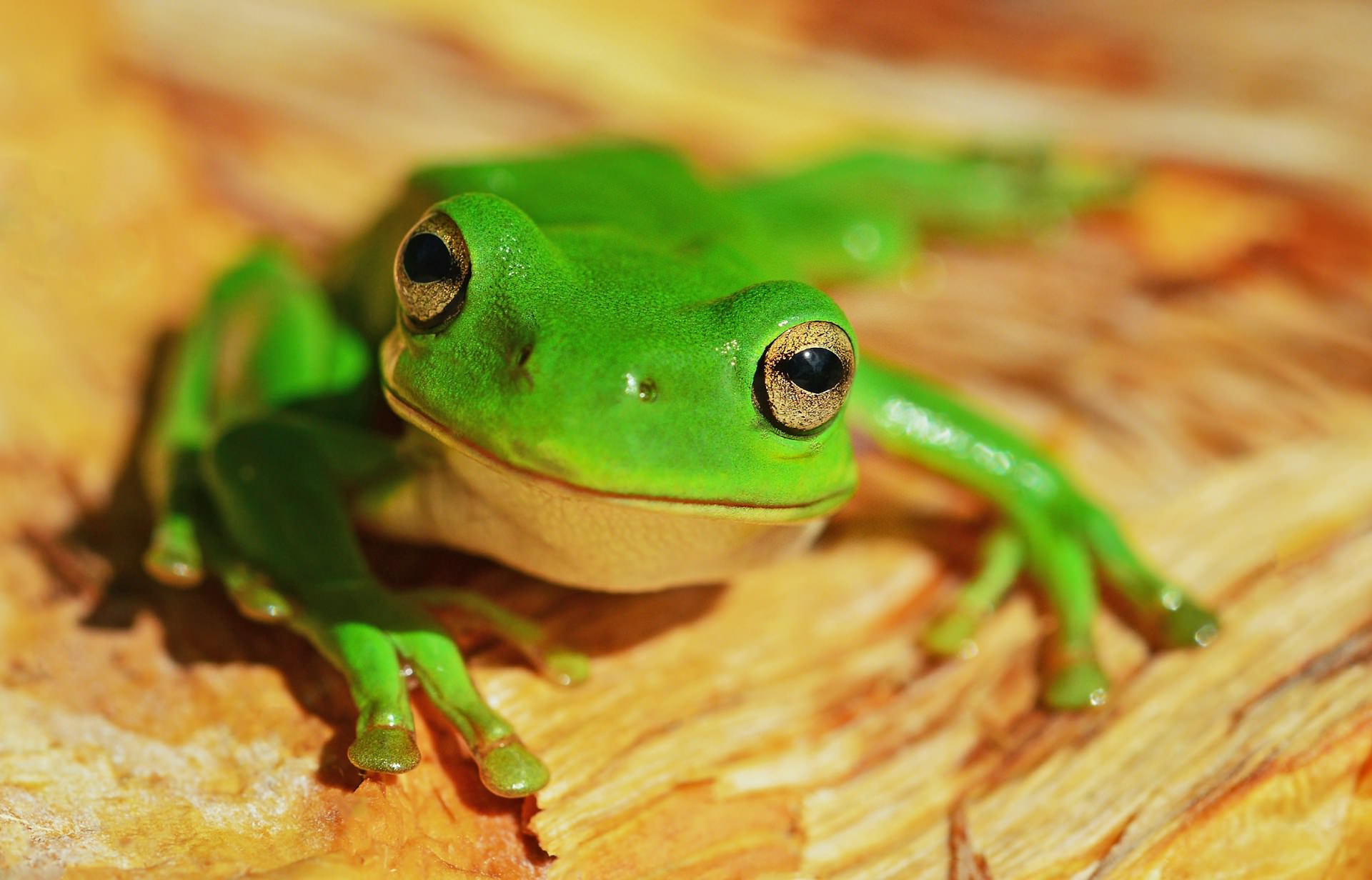
The Amphibious Pregnancy Test: A Historical Oddity
Until the 1960s, a peculiar method was employed to determine if a woman was pregnant – injecting her urine into a live female frog. If the frog subsequently laid eggs within a day, it was considered a positive indicator of pregnancy due to the hormones present in the woman's urine. Before the advent of this curious practice, rabbits and mice were used for the same purpose, often necessitating their dissection to observe the effects of the hormones. David Clode/Unsplash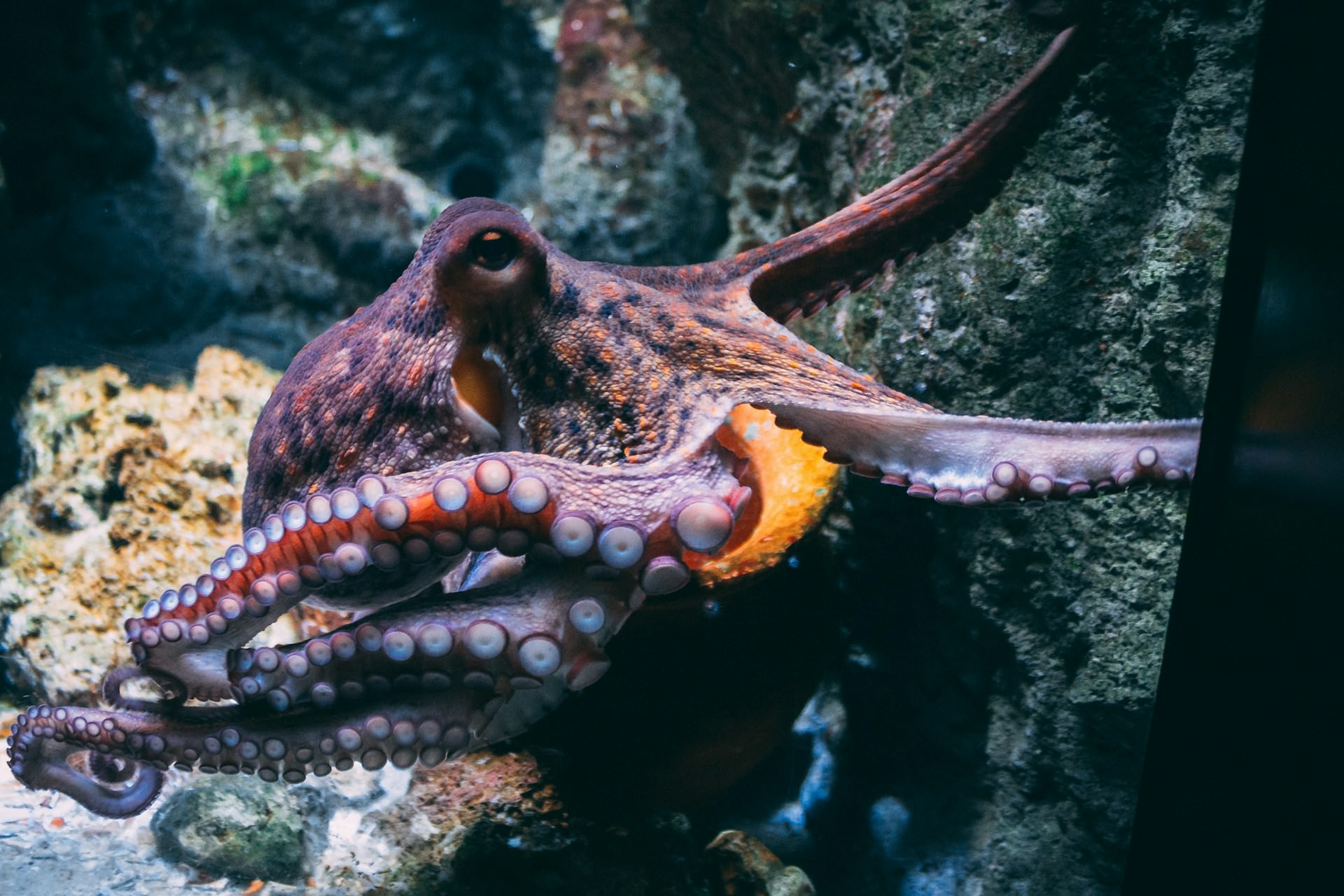
The Octopus Enigma: A Multifaceted Marvel
Octopuses are truly remarkable creatures, boasting an array of unique anatomical features that defy conventional wisdom. These intelligent invertebrates possess not one but nine brains – a central brain and eight smaller ones located at the base of each arm. Additionally, they have three hearts, two dedicated to circulating blood through their gills, and one for the rest of their body. Perhaps most striking of all is the blue hue of their blood, a result of the copper-based protein hemocyanin, which transports oxygen. Serena Repice Lentini/Unsplash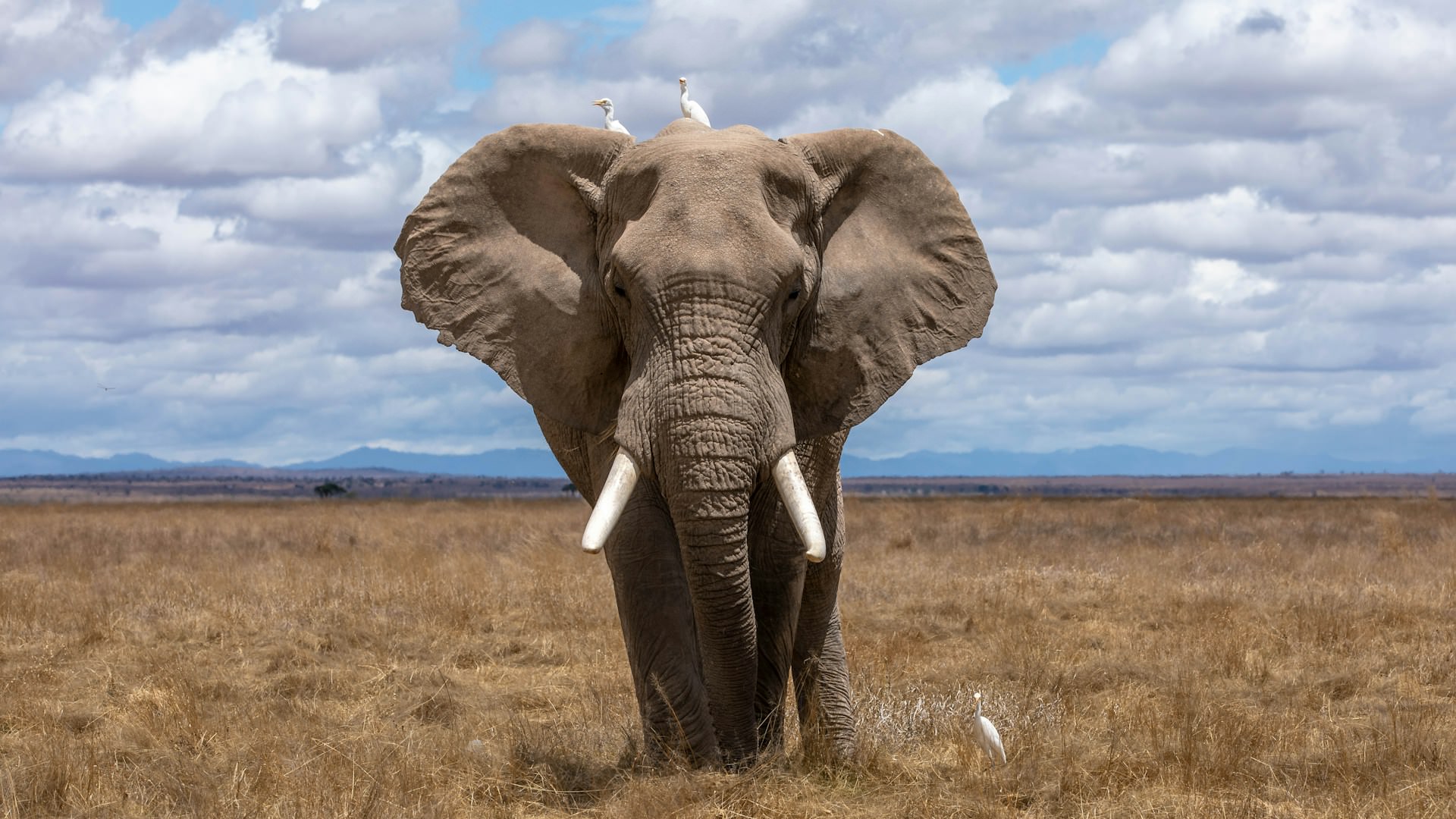
The Elephant's Gestation Marathon
African elephants hold the record for the longest gestation period of any mammal on Earth, carrying their young for an astonishing 22 months – nearly two years. This extended period of development is a testament to the sheer size and complexity of these majestic creatures. However, even this remarkable feat is overshadowed by some species of sharks, which can carry their offspring for over three years, further exemplifying the incredible diversity of reproductive strategies found in nature. Nam Anh/Unsplash
Gonorrhea: The Unlikely Strongman
In a surprising twist, the strongest creatures on Earth are not the mighty elephants or awe-inspiring whales, but rather a type of bacteria – the infamous Gonorrhea. This bacterial pathogen possesses an extraordinary ability to withstand immense forces, capable of pulling a staggering 100,000 times its own body weight. Dr Graham Beards/Wikimedia
The Bombardier Beetle's Fiery Defense
Among the remarkable defensive mechanisms employed by insects, the Bombardier beetle stands out as a true marvel. When threatened, this beetle can unleash a boiling hot chemical mixture by combining hydroquinone and hydrogen peroxide, stored separately in its abdomen. The resulting reaction produces a noxious spray that can reach temperatures of 212°F (100°C), effectively deterring predators with a literal burst of fiery fury. Francisco Welter-Schultes/Wikimedia